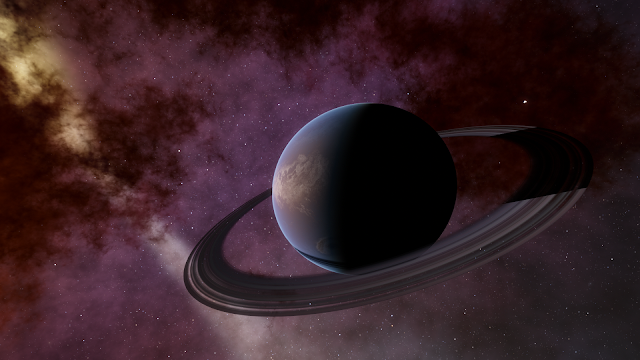The simulations show that the planet can be removed from its host star and be captured into an independent orbit around the supermassive black hole. However, none of the simulated planets can achieve a highly eccentric orbit around the supermassive black hole. The smallest closest approach distance is 1750 AU, roughly 9 times larger than the closest approach distance of G2. Nevertheless, perturbations from other stars around the supermassive back hole can potentially perturb planets into highly eccentric orbits similar to the orbit of G2.
Reference:
Trani et al. (2016), "Dynamics of tidally captured planets in the Galactic Center", arXiv:1607.07438v1 [astro-ph.GA]












































